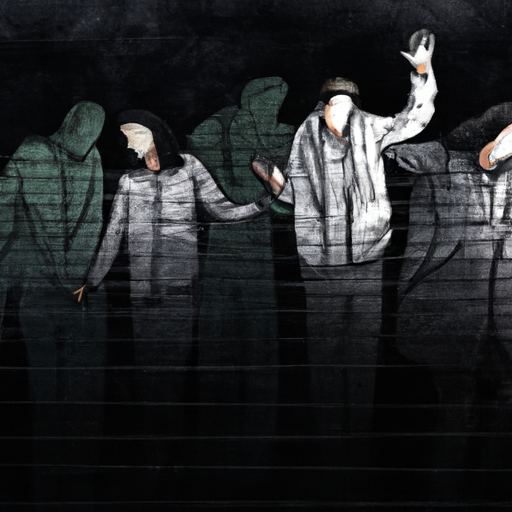The Canadian Opioid Crisis: A Deep Dive
Canada is currently grappled with a severe opioid crisis that is causing significant socio-economic repercussions. With Ontario, a populous province, at the epicentre, this crisis is escalating concerns about public health and safety issues.
A Brief Overview of the Opioid Crisis in Ontario
Ontario, in particular, is experiencing an unprecedented increase in opioid-related deaths, emergency department visits, and hospitalizations. The crisis is spurred by the widespread and often unintentional misuse of prescription opioids, as well as the surge of powerful illegal opioids such as fentanyl. To add to this grim situation, substance abuse-prevalent among the homeless population- compounds the crisis, with crime rates soaring in parallel.
The Vicious Cycle: Opioids, Crime, and Homelessness
Unquestionably, the opioid crisis is intensifying the existing socio-economic issues. Despite several attempts to generate plausible solutions, it is increasingly becoming evident that homelessness, crime, and opioid misuse coexist in a vicious cycle. Crime rates, particularly those linked to drug offences, are skyrocketing in areas with a high incidence of opioid abuse.
The Impacts and Ramifications
While the detrimental effects of the opioid crisis on individuals and families are heart-wrenching, the fallout on communities and public resources is equally distressing. Here are a few notable impacts:
- Burgeoning healthcare costs.
- Skyrocketing crime rate and safety concerns.
- Increased homelessness and poverty.
- Economic drain due to lost productivity.
The Ongoing Measures to Combat the Crisis
While the situation is alarming, efforts are underway to curb this crisis. Naloxone-a drug that can reverse opioid overdoses-has been deployed in numerous settings, ranging from law enforcement to public libraries. More and more professionals are being trained to administer naloxone in cases of suspected opioid overdoses, saving countless lives.
Moreover, the Ontario government is part of the Canadian Opioid Abatement Class Action, a nationwide initiative seeking redress for the cost of treating opioid-related illnesses. This legal endeavour marks a pivotal step towards holding pharmaceutical companies accountable for their role in the opioid crisis.
Conclusion: Reflecting on The Opioid Crisis
The opioid crisis in Canada, and primarily in Ontario, is a complex issue that requires coordinated effort from all societal sectors: law enforcement, healthcare, education, and the judiciary. The repercussions extend beyond the sphere of public health, reaching into socio-economic areas.
As we strive towards rectifying the consequences and preventing further damage, the focus should be on the core issues underlying opioid misuse: mental health, homelessness, and social constructs around drug abuse. As with any complex social issue, there is no one-size-fits-all solution, but by implementing a combination of prevention strategies, treatment programs, and legal measures, we can hope to see a significant alleviation in the impact of the opioid crisis.
